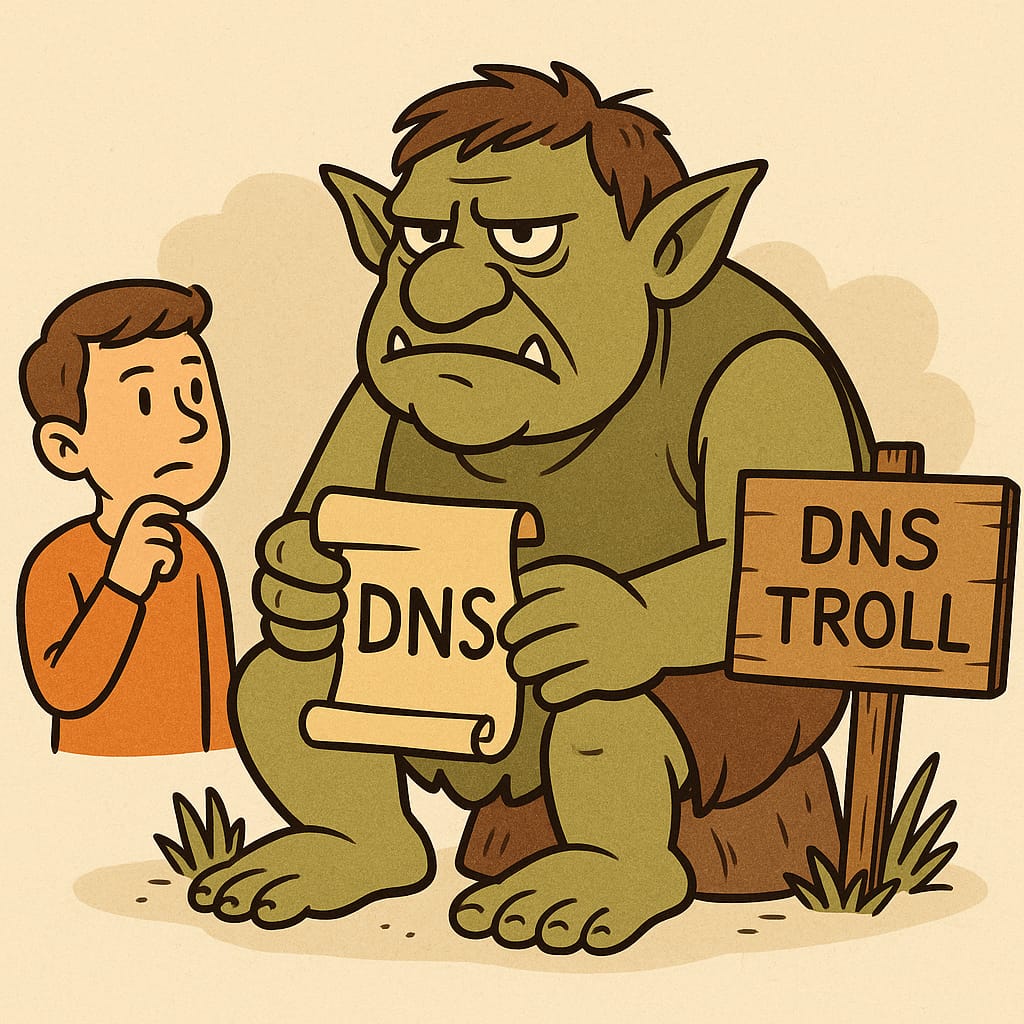
Define Your Objectives: Before diving into content creation, it is crucial to define your objectives. Ask yourself: What do you hope to achieve with your content? Are you looking to educate, entertain, inspire, or engage your audience? Clarifying your goals will provide a clear direction and purpose for your content creation efforts.
Unlocking Success: A Comprehensive Guide to Defining Objectives for Your Content Creation Strategy
In the vast digital landscape, content creation has become an essential aspect of any successful marketing or communication endeavor. However, before embarking on the journey of content creation, it is imperative to establish a solid foundation by defining your objectives. By clarifying your goals, you can craft content that resonates with your audience, creates value, and drives desired outcomes. In this article, we will explore the importance of defining objectives and provide actionable insights to help you shape a winning content creation strategy.
Why Defining Objectives Matters
Setting clear objectives for your content creation efforts lays the groundwork for success. It provides focus, direction, and purpose to your content, ensuring that it aligns with your overall business goals. Without well-defined objectives, you may find yourself creating content that lacks purpose, fails to engage your audience, and ultimately falls short of delivering the desired results.
Identifying Your Content Creation Goals
To begin, ask yourself what you hope to achieve with your content. Do you seek to educate, entertain, inspire, or engage your audience? Are you aiming to increase brand awareness, generate leads, drive conversions, or establish thought leadership? Each objective will require a unique content approach, so it is essential to prioritize and align them with your broader marketing strategy.
Understanding Your Target Audience
Defining your objectives also entails gaining a deep understanding of your target audience. By conducting thorough market research and creating buyer personas, you can identify the needs, preferences, and pain points of your audience. This knowledge will enable you to tailor your content to their specific requirements, ensuring relevance, resonance, and maximum impact.
Crafting SMART Objectives
To ensure clarity and effectiveness, it is advisable to frame your objectives using the SMART framework: Specific, Measurable, Achievable, Relevant, and Time-bound. Specific objectives outline precisely what you aim to accomplish, while measurable ones allow you to track progress and determine success. Achievable objectives are realistic and attainable, while relevant objectives align with your broader marketing goals. Finally, time-bound objectives establish a sense of urgency and provide a clear deadline for achievement.
Integrating SEO Considerations
An effective content creation strategy involves incorporating search engine optimization (SEO) principles to increase organic visibility and attract relevant traffic. As you define your objectives, consider how your content can align with relevant keywords, topics, and trends in your industry. By optimizing your content for search engines, you enhance its discoverability, reach, and potential impact.
Aligning Objectives with Content Formats
Different content formats serve distinct purposes, and aligning your objectives with the appropriate formats is crucial. For instance, if your goal is to educate, informative blog posts, tutorials, or e-books may be ideal. If you aim to entertain, engaging videos, podcasts, or interactive content might be more effective. By selecting the right formats, you can amplify your message, capture attention, and create a memorable experience for your audience.
Evaluating and Iterating
As you execute your content creation strategy, it is essential to continuously evaluate and iterate based on the insights gained. Monitor key metrics such as engagement, conversion rates, and feedback from your audience. Use these insights to refine your objectives, adjust your content approach, and optimize your strategy for greater effectiveness and impact.
Conclusion
Defining objectives is the cornerstone of a successful content creation strategy. By clearly outlining your goals, understanding your audience, and aligning your efforts with SEO considerations, you can create content that captivates, resonates, and drives desired outcomes. Remember to continuously evaluate and iterate, adapting your approach based on feedback and insights. With a well-defined content creation strategy, you can unlock the full potential of your brand and establish a strong connection with your audience in the ever-evolving digital landscape.
Resumed table with Steps to define your objectives in content strategy
| Step | Objective | Description |
| 1 | Define Your Objectives | Clearly identify the goals you want to achieve through your content creation efforts. Are you aiming to educate, entertain, inspire, or engage your audience? |
| 2 | Understand Your Target Audience | Conduct thorough market research and create buyer personas to gain insights into your audience’s needs, preferences, and pain points. Tailor your content to resonate with their specific requirements. |
| 3 | Craft SMART Objectives | Use the SMART framework (Specific, Measurable, Achievable, Relevant, Time-bound) to frame your objectives. Make sure they are clear, measurable, realistic, aligned with your marketing goals, and have a deadline for achievement. |
| 4 | Integrate SEO Considerations | Incorporate search engine optimization principles into your content creation strategy. Identify relevant keywords, topics, and trends to enhance your content’s discoverability and organic visibility. |
| 5 | Align Objectives with Content Formats | Choose the appropriate content formats that align with your objectives. For example, educational objectives may require blog posts or tutorials, while entertaining objectives may be best served through videos or podcasts. |
| 6 | Evaluate and Iterate | Continuously monitor key metrics such as engagement and conversion rates. Gather feedback from your audience and use the insights to refine your objectives, adjust your content approach, and optimize your strategy. |
By organizing the steps, objectives, and descriptions in a table format, readers can easily visualize and grasp the key points of each section. This table provides a concise overview of the content creation strategy, allowing readers to refer back to it for guidance and reference as they implement their own strategies.
Thank you for reading and sharing!
Source OpenAI’s ChatGPT Language Model and DALLE – Images Picsart

Invest in your future & learn
Learn affiliate marketing & build your own website.
Heads up! Make sure you sign up using my referral link to get access to my personal coaching and all features.
👉 Sign Up







